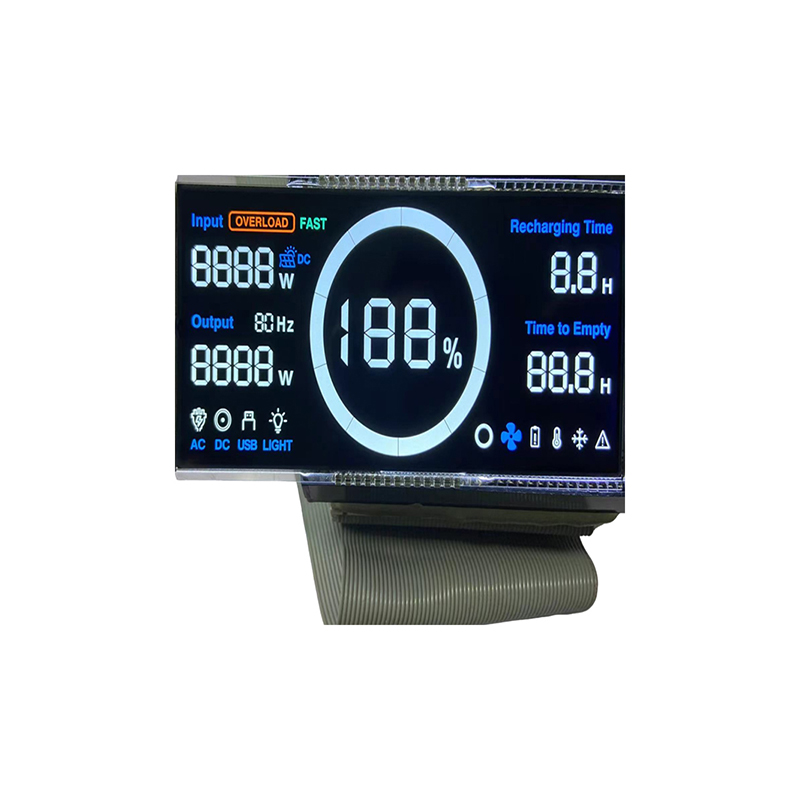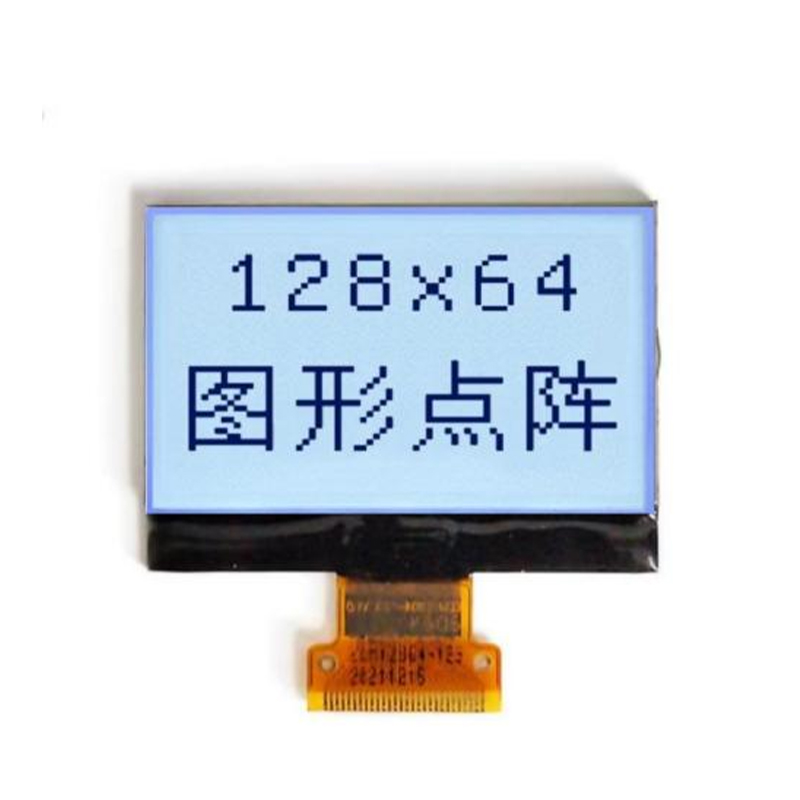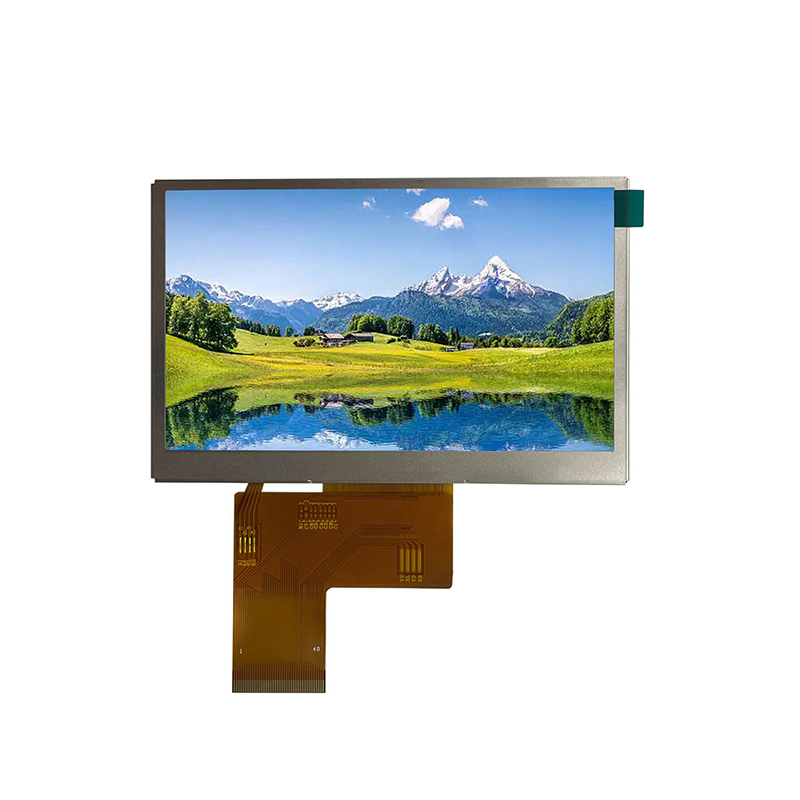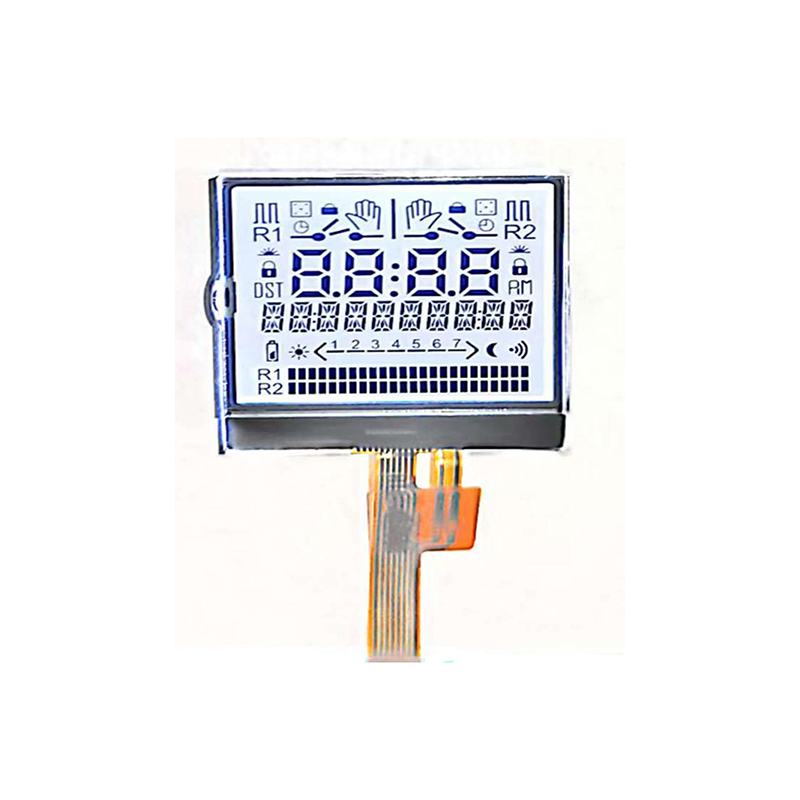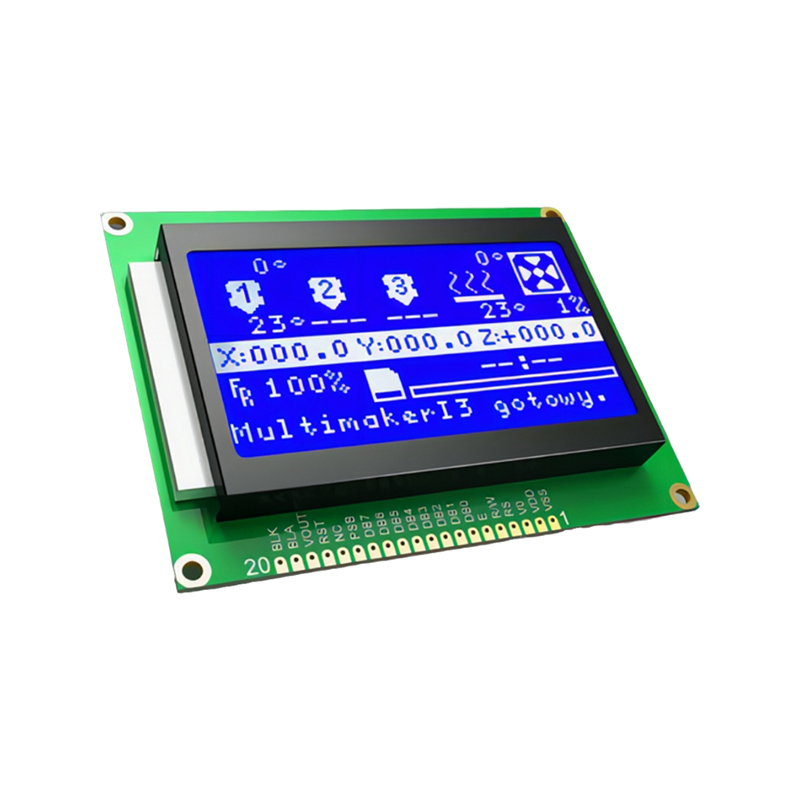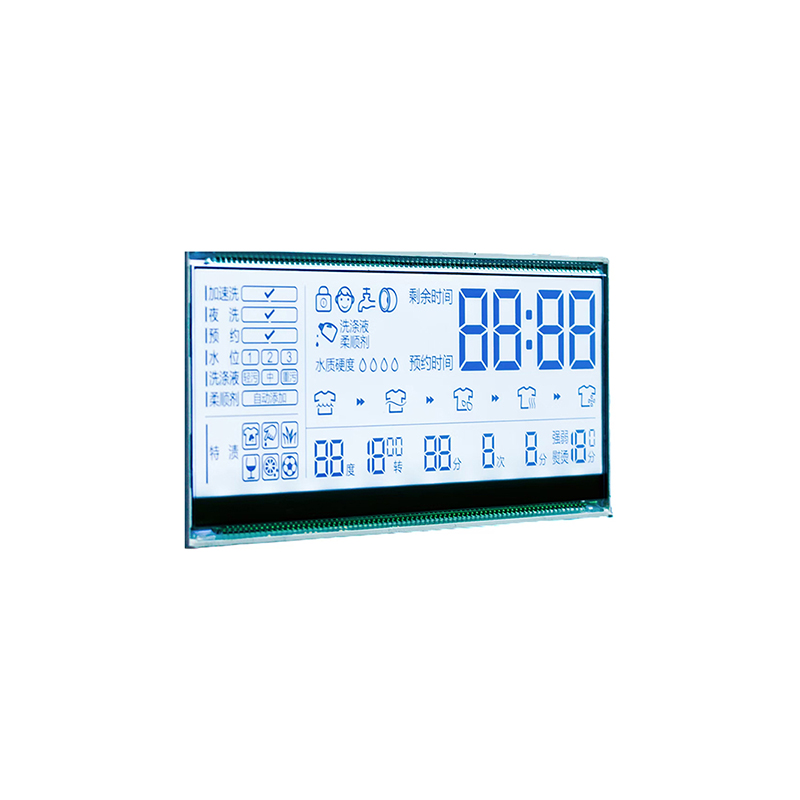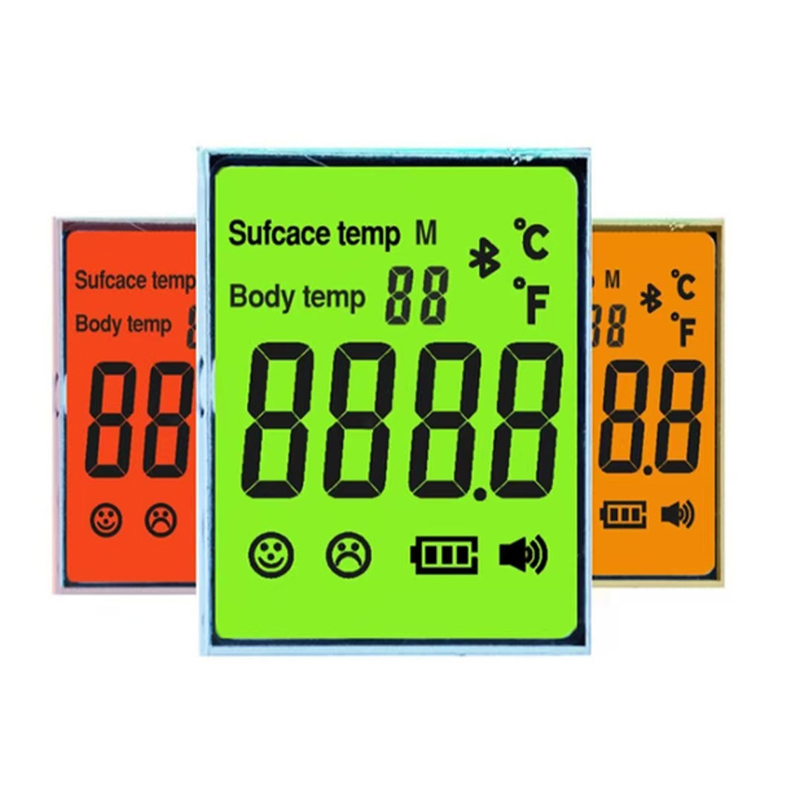
This guide provides a comprehensive overview of LCD displays, covering their technology, types, applications, and considerations for choosing the right display for your needs. We'll explore the key features, advantages, and disadvantages of various LCD display technologies, helping you make informed decisions.
A liquid-crystal display (LCD display) is a flat-panel display that uses liquid crystals to produce images. Liquid crystals are organic compounds that exhibit properties of both liquids and solids. In an LCD display, these crystals are sandwiched between two polarized glass sheets and manipulated by an electric field to control the amount of light passing through, creating the image. Unlike other display technologies, LCD displays require a backlight to illuminate the pixels, typically LEDs or fluorescent lamps.
Several types of LCD displays cater to various applications. Key distinctions lie in their backlighting, panel technology, and resolution.
TN LCD displays are known for their fast response times, making them suitable for gaming monitors. However, they often suffer from limited viewing angles and color reproduction compared to other technologies.
IPS LCD displays offer superior color accuracy, wider viewing angles, and better color consistency across the screen. They're a popular choice for professional photo and video editing.
VA LCD displays strike a balance between TN and IPS, providing good contrast ratios and viewing angles at a relatively affordable price. They are commonly used in TVs and computer monitors.
While not strictly an LCD display type, Organic Light-Emitting Diodes (OLEDs) are frequently compared to LCDs. OLEDs offer superior contrast ratios and deeper blacks because each pixel produces its own light, eliminating the need for a backlight. However, OLEDs can be more expensive and susceptible to burn-in.
Selecting the optimal LCD display depends on your specific requirements. Consider these factors:
Resolution determines the sharpness and detail of the image. Higher resolutions offer clearer images, but they also increase the processing power needed.
Response time measures how quickly a pixel changes color. Faster response times are crucial for gaming and fast-paced applications.
Refresh rate, measured in Hertz (Hz), indicates how many times per second the image is refreshed. Higher refresh rates reduce motion blur and improve visual smoothness.
Brightness, measured in nits (cd/m2), determines how bright the display appears. Higher brightness is beneficial in brightly lit environments.
LCD displays are ubiquitous, appearing in a wide range of applications, including:
Before purchasing an LCD display, carefully evaluate your needs and budget. Research different models and read reviews to ensure you're making an informed decision. Compare features like resolution, response time, refresh rate, and brightness to find the best fit for your specific application. Consider factors such as warranty and manufacturer reputation, too.
For high-quality LCD display solutions, consider exploring the expertise of Dalian Eastern Display Co., Ltd., a leading provider in the industry. They offer a wide range of customized LCD display options to meet diverse needs.
| Display Type | Advantages | Disadvantages |
|---|---|---|
| TN | Fast response time, low cost | Poor viewing angles, limited color accuracy |
| IPS | Wide viewing angles, excellent color accuracy | Higher cost, slower response time |
| VA | Good contrast ratio, decent viewing angles | Potential for backlight bleed |

